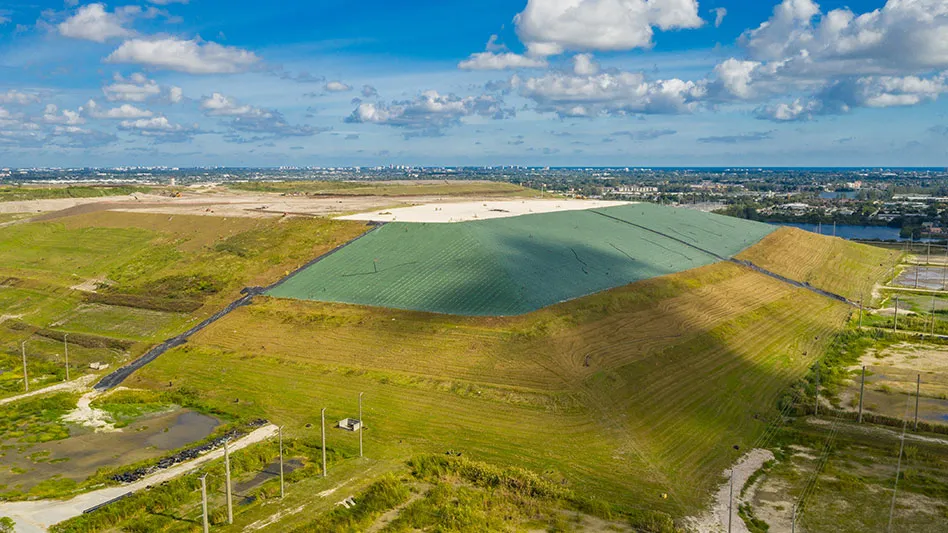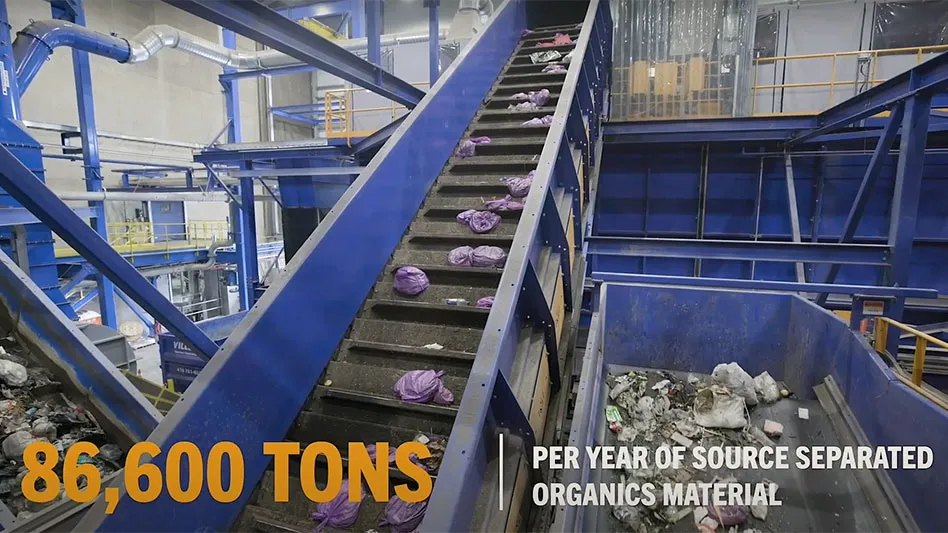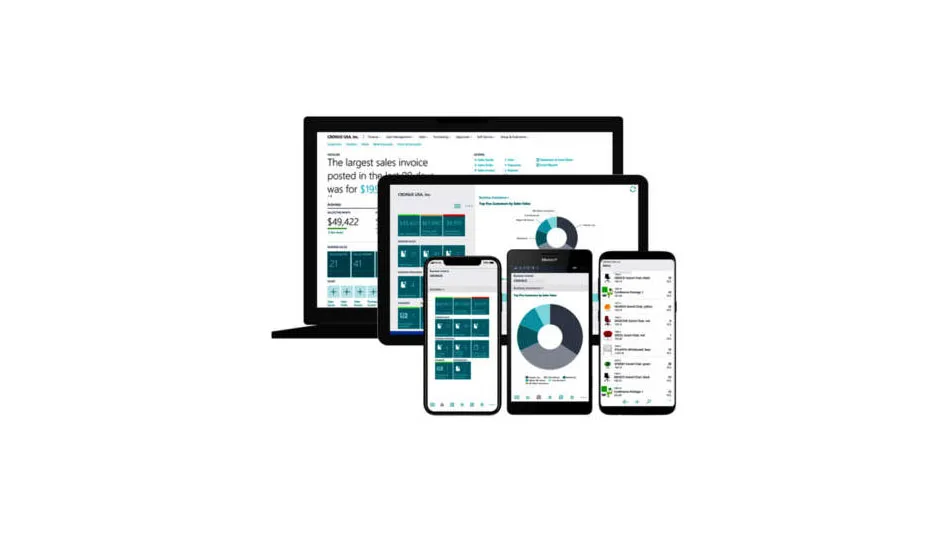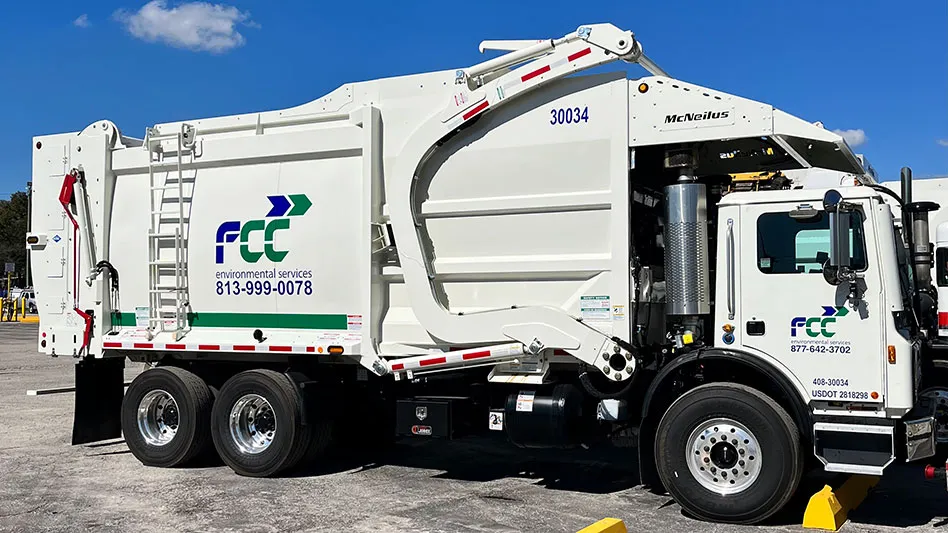
Felix Mizioznikov | stock.adobe.com
A new report from London-based Deloitte has found that renewable natural gas (RNG) produced from waste could displace around 4.4 percent of current total U.S. fossil fuel demand, 16.5 percent of core gas customer demand and more than half the demand in the chemical subsector.
The report, “A Ripe Time for Municipal Gas and Waste Renewable Natural Gas Partnerships,” details how strategic partnerships between public gas utilities and waste facilities could position RNG to play a crucial role in decarbonization and resiliency.
According to Deloitte, waste from landfills and wastewater treatment is the third largest source of U.S. methane emissions, which are still mostly uncaptured, unutilized and unmonetized. Less than one-tenth of the country’s municipal wastewater treatment plants (WWTPs) currently capture biogas, and only 2 percent of these are upgrading the captured biogas to RNG.
Similarly, few landfills are producing RNG relative to facilities capturing biogas. Of the 1,641 publicly owned municipal landfills in the U.S., Deloitte reports that 248 are capturing biogas through anaerobic digestion, mostly for electricity generation. Of these 248 facilities, only 28 are actively producing RNG, with much of the production capacity serving natural gas vehicle fuel demand, and only five of these facilities service local demand.
Deloitte says opportunities exist for municipal waste facilities to produce RNG for use in their respective municipalities. The Environmental Protection Agency (EPA) provides funding to states to incentivize the replacement and, for the first time this year, the retrofitting of diesel vehicles to reduce emissions.
RELATED: Leveraging landfill gas
“With favorable federal tax credits expiring at the end of 2024, the time is now for public gas utilities and municipal waste facilities to evaluate the opportunity and benefits [of] producing RNG,” the report states.
A 2023 study found the country’s largest municipality, New York City, could replace up to 27 percent of the fossil gas it purchases with carbon-negative RNG produced from wastewater biogas co-digested with food waste—more than enough to power the city’s entire municipal heavy-duty truck fleet.
Recent state-level studies have similarly found that municipal waste facilities could feasibly produce enough RNG to supply significant shares of gas demand, according to Deloitte. For example, a study for the Michigan Public Service Commission estimated the state’s wastewater treatment plants and landfills could feasibly produce enough RNG to replace 8 percent of fossil gas consumed in the state’s residential, commercial, industrial and transportation sectors.
Implementing new technologies at facilities could help accelerate this transition, Deloitte says, and New York City is taking steps toward those implementations to meet climate goals. Co-digestion of wastewater with food waste improves the nutrient balance and biogas yield from wastewater, enhancing RNG production.New York City’s Newtown Creek Wastewater Facility and the Victor Valley Water Reclamation Authority are using co-digestion of solid and water waste to produce RNG while meeting state and municipal goals to divert solid waste from landfills.
To read the full report, visit here.
Latest from Waste Today
- Bioenergy Devco honored at SEAL Awards
- AMCS showcasing Performance Sustainability Suite at WasteExpo
- New Way and Hyzon unveil first hydrogen fuel cell refuse truck
- NWRA honors award recipients during annual breakfast at WasteExpo
- Rubicon selling fleet technology business, issuing preferred equity to Rodina Capital
- Machinex to feature virtual tour of Rumpke MRF at WasteExpo
- Reworld releases 2024 sustainability report
- Novolex invests in Ozzi





